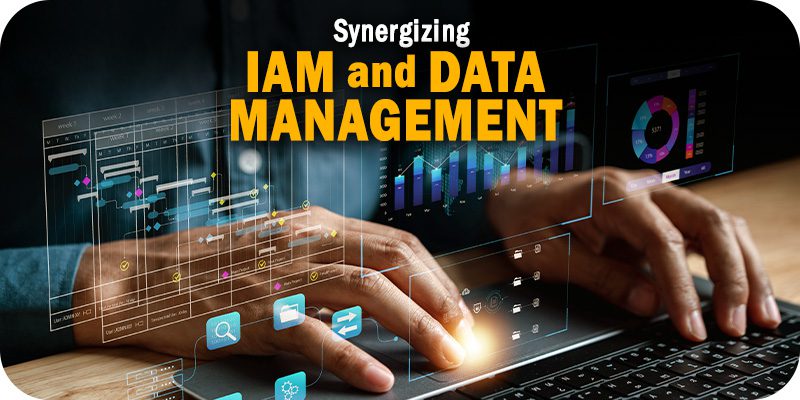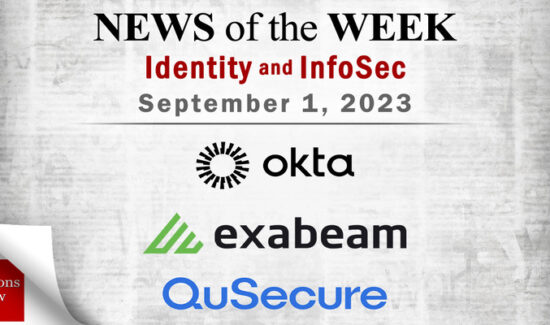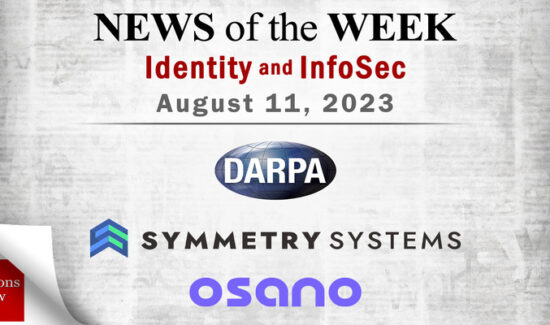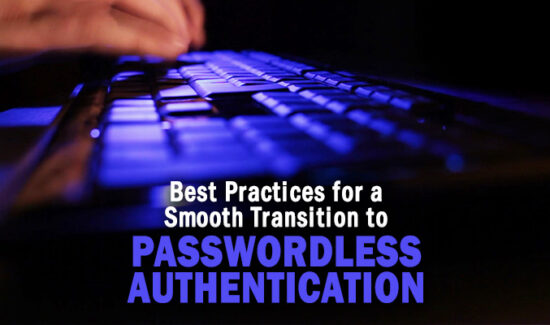Synergizing IAM and Data Management

Solutions Review’s Contributed Content Series is a collection of contributed articles written by industry thought leaders in enterprise software categories. Wade Ellery of Radiant Logic examines how identity management improves when synergizing it with data management practices.
In today’s ever-evolving business landscape, organizations are constantly navigating complexities. Identity data and the management of this data is a complexity that far too few companies have grappled with. As organizations expand their digital footprint, they often welcome an influx of users, devices, and applications into their IT environment. Managing this influx is paramount, as inadequate data management practices can result in significant financial losses and compromise the security of sensitive user and customer data.
Identity data can also serve as a foundation for organizations looking to manage access rights, expand the understanding of users across multiple channels, empower informed decision-making, and optimize expenditures. A clear and precise path to accomplishing all these goals simultaneously has been established through well-known data management practices. Therefore, the five elements of data management act as pillars to protect identity data from adversaries.
Understanding the Five Pillars of Data Management
Data, in general, is a vital asset for businesses, as it can enhance the customer experience, buying process, and overall decision-making. However, the stakes are high when it comes to identity data. Identity data refers to individuals, applications, or service accounts. The system becomes vulnerable to malicious threats if these identities are not accurately verified.
At the core of identity data management stands these five pillars:
- Data Cleansing: Ensuring data quality is vital. Cleaning data involves eliminating inconsistencies or errors. Any missing information can hinder critical decisions, such as granting access permissions that require manager approval. Hence, organizations must be able to trust the accuracy and reliability of the data.
- Validation: Validation is essential for confirming the authenticity and integrity of identity data. It involves verifying the reliability of data sources and ensuring they provide accurate information. By validating data, businesses can enhance trust in the identity data and mitigate risks associated with unreliable or compromised sources.
- Linking: Linking different sources of information is vital for identifying the “truth” and creating a comprehensive view of identity data. This entails determining which data sources are reliable while avoiding unnecessary data duplication. Leveraging automated solutions streamlines the linking process, allowing for the identification of issues, risk assessment, and monitoring of changes in data over time.
- Enrichment: Enriching identity data involves adding extra details to existing identities. This process helps to clarify and update extended privileges and restrictions associated with specific identities, preventing misuse or abuse. Enriched data in a Zero Trust system includes role-based details, travel plans, particular qualifications, and other nuanced information. The more varied and detailed the data, the better the context for decision-making, reducing false alarms and enabling more specific permissions.
- De-duplication: Effective identity and access management (IAM) requires meticulous de-duplication. Duplicate records across multiple systems can cause disruptions and impact operational efficiency. Implementing a system that can identify and effectively manage duplicates is a must for maintaining a robust IAM infrastructure.
These five pillars collectively enable accurate decision-making, risk mitigation, and streamlined access control processes.
Leveraging Data Management Practices for IAM by Obtaining Visibility
Gaining visibility over both human and non-human identities is a crucial step in effective IAM, and utilizing the pillars of data management can help organizations get to where they need to be. This visibility serves a dual purpose, encompassing cybersecurity and financial considerations.
From a cybersecurity perspective, clearly understanding who or what has access to specific resources helps identify potential weak points in the security landscape. Human identities with excessive access privileges become attractive targets for threat actors, while poorly managed non-human identities can be exploited for cyber-attacks. Organizations can proactively anticipate security threats and implement preventive measures by having a comprehensive view of these identities and their access rights.
On the financial front, efficient identity data management can lead to significant cost savings. Consider a user possessing a top-tier license for a platform like Azure that provides access to a wide range of services. If the user’s role does not require a subset of all those services, the organization may incur unnecessary costs. By gaining full visibility into the actual utilization of services by each identity, organizations can optimize their licensing expenses.
Additionally, leveraging data analytics allows companies to compare granted access with actual usage. By tracking the tools and services utilized by specific identities and cross-referencing this information with their granted access, businesses can streamline access rights, strengthen security measures and potentially reduce costs. This data-driven approach enables informed decision-making, ensuring access privileges align with business needs and setting themselves up for successful audits.
But what can businesses do to gain insight into their identity data?
Streamlining Identity Data
Achieving effective control over identity data is a continuous endeavor that demands a systematic and progressive approach. The journey begins by focusing on specific data sets within targeted platforms and gradually expanding the scope as data management processes mature and evolve. In the initial phase, the primary focus is on gaining access to the data and comprehending its structure and relevance. This is followed by correlating data from diverse sources to unveil patterns and similarities. Subsequently, meticulous data cleansing ensures accuracy. Filling gaps in the data, managing its lifecycle, and consistently enhancing the process completes the cycle. Each subsequent phase incorporates additional platforms and elements of the organization’s identity data, adapting the processes and controls as needed.
Automation serves as a vital enabler in this undertaking. By leveraging machine learning and AI technologies, a significant portion of data gathering, cleaning, correlation, and analysis can be automated. This reduces the reliance on manual effort, mitigating the potential for human error and enabling resources to be allocated elsewhere. As these tools advance, they provide an “easy button” that increasingly streamlines operations and enhances efficiency.
- Synergizing IAM and Data Management - July 28, 2023

















